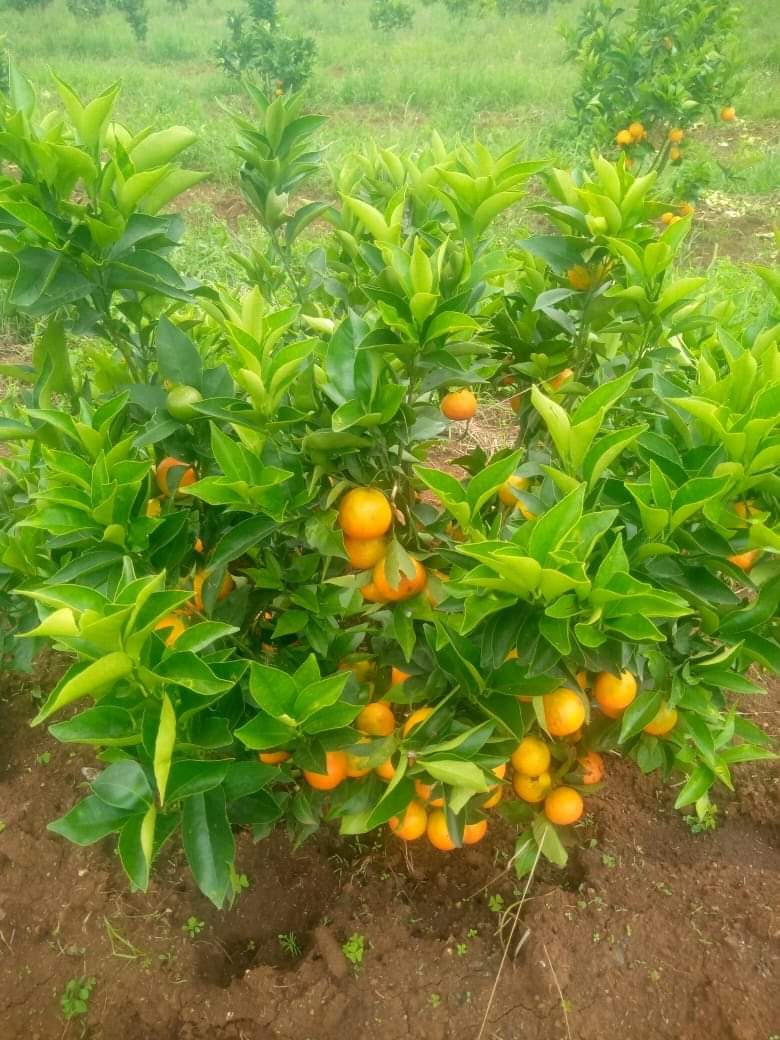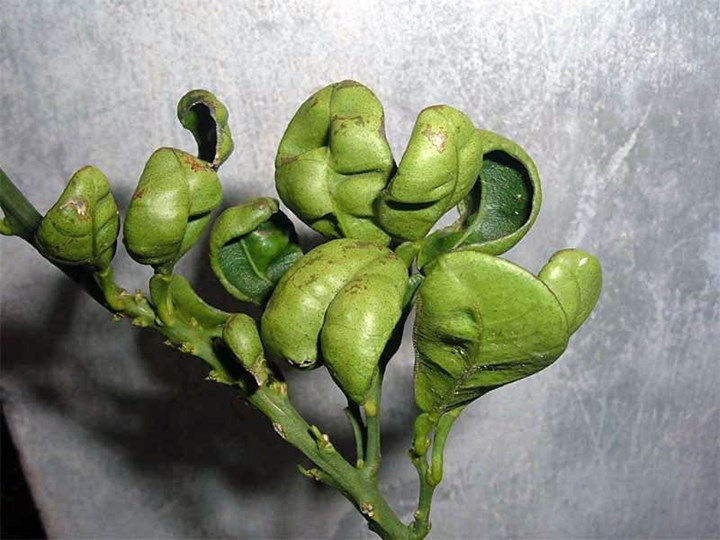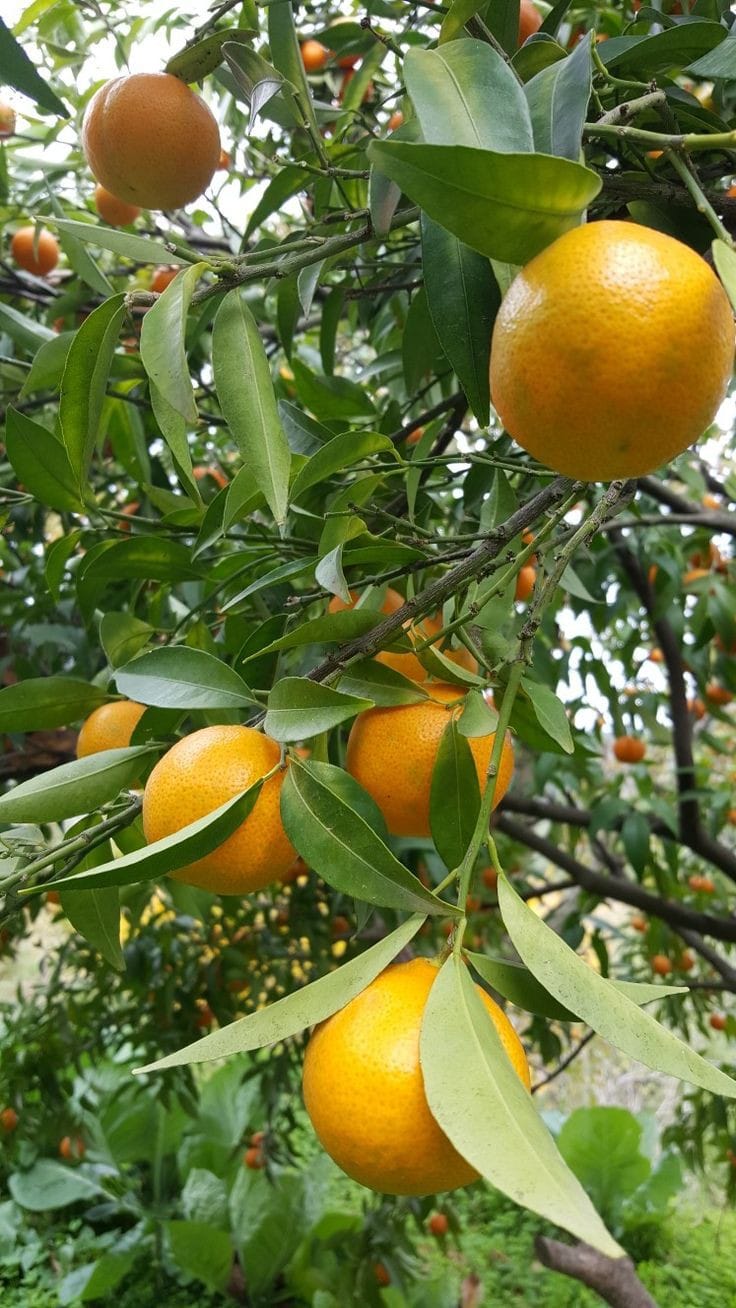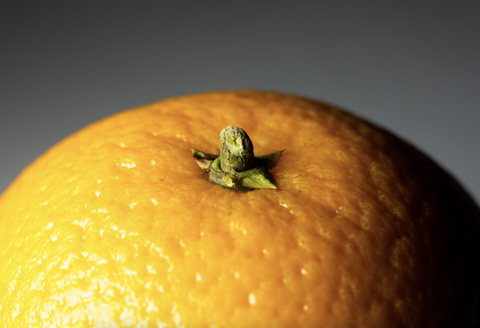Farming Juicy Oranges: The Complete Guide.
Orange farming has been happening in Kenya since the early 1900s and is among one of the most consumed foods in Kenya. There are several orange varieties grown in Kenya but the Washington Naval and recently introduced pixie varieties are most widely grown. The bright orange, sweet and juicy fruit is known to be produced in Eastern Kenya in Machakos, Makueni and Kitui counties and sparingly along the coastal counties. The Pixie variety can also do well in higher lying counties of Muranga, Nyeri, Bungoma, Siaya and Migori.
The orange plant does well in well drained loam and sandy loam soils although it also does well in other soil types. It requires a pH between 5.5 and 6.0. It is advisable to take a soil test on your farm before you plant your orange stand. Oranges can survive in arid and semi-arid areas with an annual rainfall of between 100 to 700 mm, an altitude of up to 2100 mm above sea level and a temperature range of between 15 and 30 degrees. It is for this reason that oranges have been traditionally grown in the lower eastern region of Kenya. Pixie oranges tolerate a lower temperature ranging from 10 to 30 degrees Celsius thus being appropriate for higher lying areas. Orange plant requires six to eight hours of sunshine exposure for optimal production.
During planting prepare a planting hole measuring 60cm X 60 cm X 60 cm. Separate the top soil from the subsoil while digging. Mix the topsoil with manure return to the planting hole and plant your seedling ensuring you leave about 10cm for mulching and irrigation and subsequent manure or nutrient application. Source for quality grafted seedlings of your favorite variety from a vendor such as Oxfarm organic. When planting ensure that soil covers the seedling up to potted plant level. Ensure that the union never touches the soil or mulching and that any shoots on the root stock is removed regularly.
Plant spacing varies by variety, slope of the land and altitude by generally the spacing should be 4 meters between plants and 5 meters between rows. Windbreaker trees should be planted along the farm edges or placed strategically to prevent flower and young fruit abortion occurring as a result of strong winds. Strong wind also causes a reduction in fruit quality.
Orange plants require plant nutrition supplement of nitrogen, phosphorous and potassium among other nutrients in varying proportions throughout the plant’s life to aid optimal fruit production. Scouting for pest and diseases should be done regularly to check for pest and diseases, nutrient deficiency and plant health. Nutrient deficiency is managed through application of fertilizers and foliar feeds widely available in the market depending on the plant stage. Pest and diseases are also managed through pesticides and fungicides widely available in the market but also by choosing a tolerant cultivars for the root stock.
Good crop husbandry including; regular weeding, avoid stem and root injury during weeding, regular pruning for optimal branch management and sucker removal and prompt removal dead branches in addition to regular scouting mentioned earlier is encouraged for a healthy stand.
An orange tree matures in a year but optimal production does not occur until approximately 4 years after planting and stays viable for approximately 25 years. A mature orange tree produces approximately 150 to 200 fruits per plant depending on management. Oranges are readily consumed in the Kenyan market. In fact, the market is so huge that more than half of oranges consumed are imported from neighboring countries especially Tanzania and Egypt. A kilo of oranges cost approximately KES 100 in farm gate prices. A kilo contains approximately 5 Washington Navel variety fruits and approximately 10 pixie variety fruits.
Oxfarm organic is a verified retailer of Pixie and Washington Naval seedlings. Purchase them from us at KES 150 for Washington Nave variety and KES 300 for Pixie variety.




